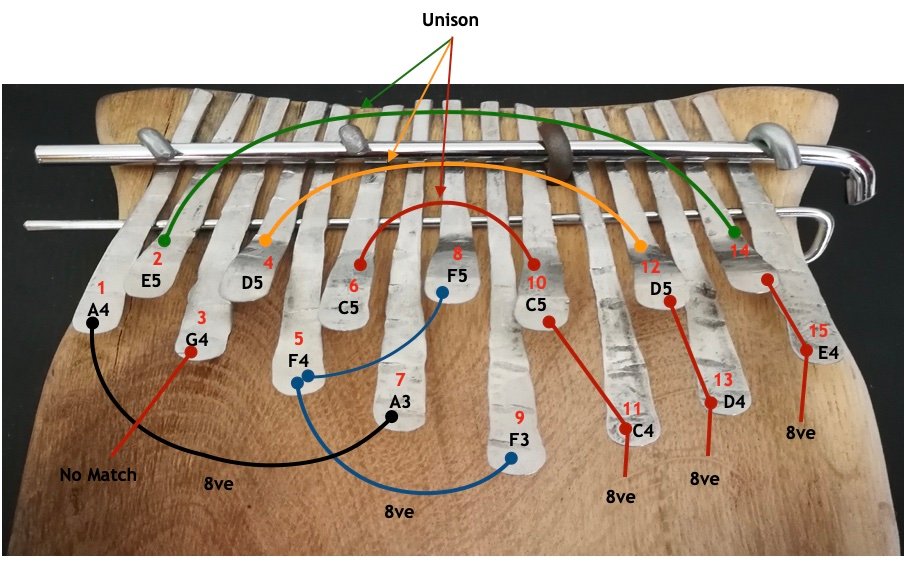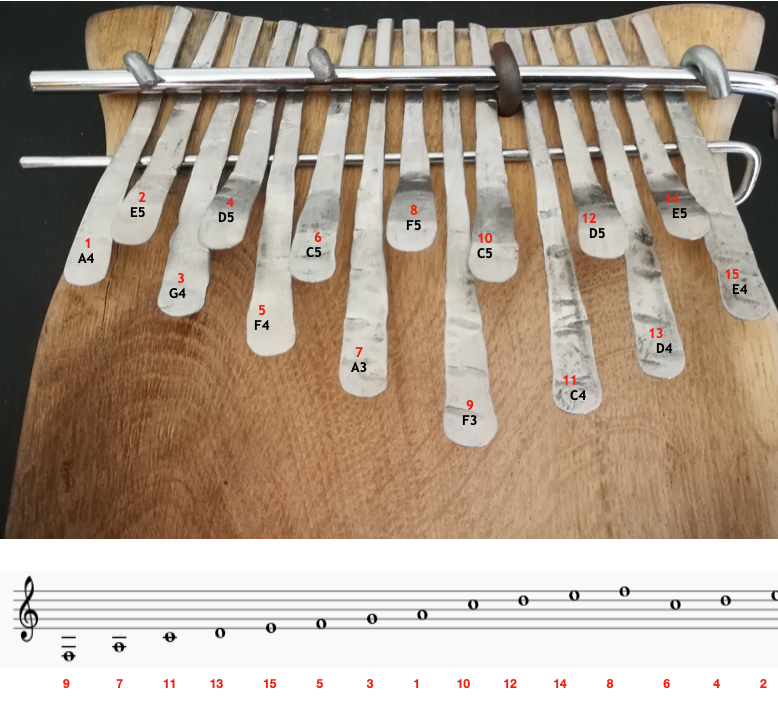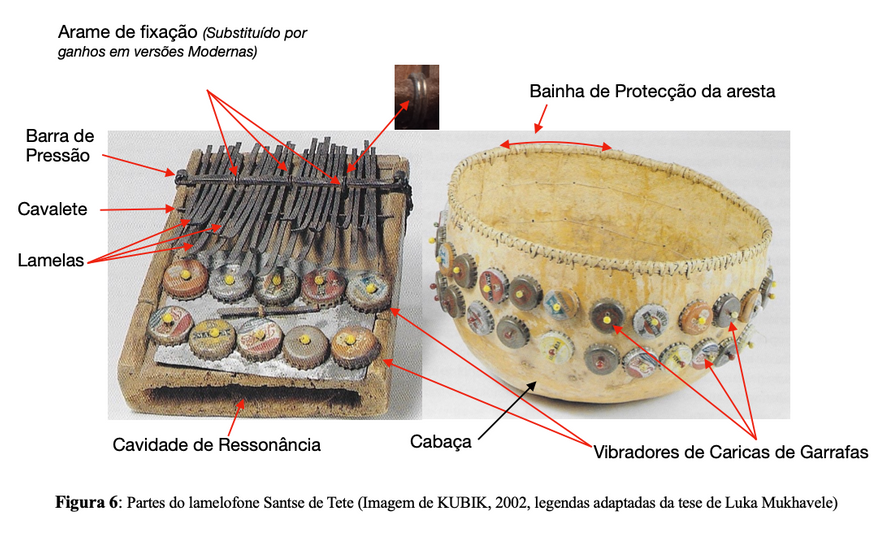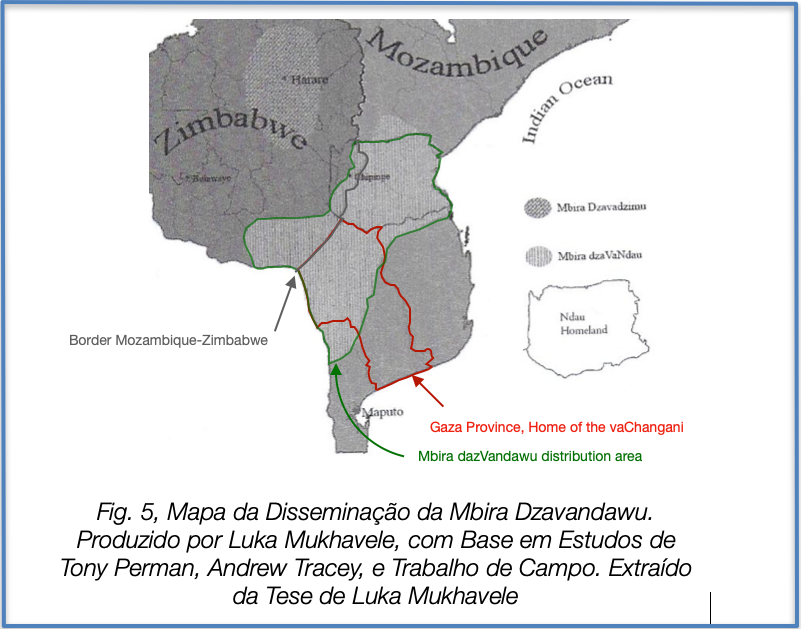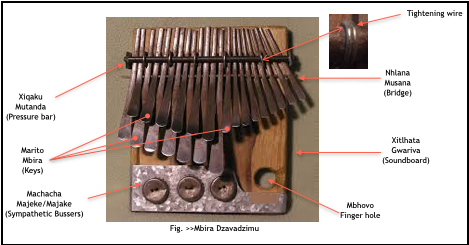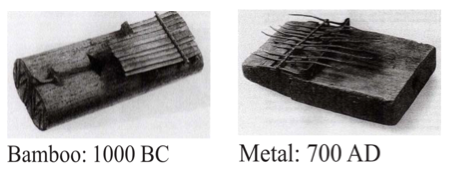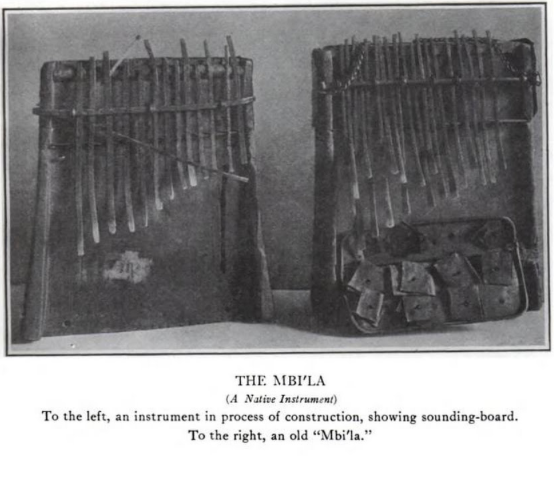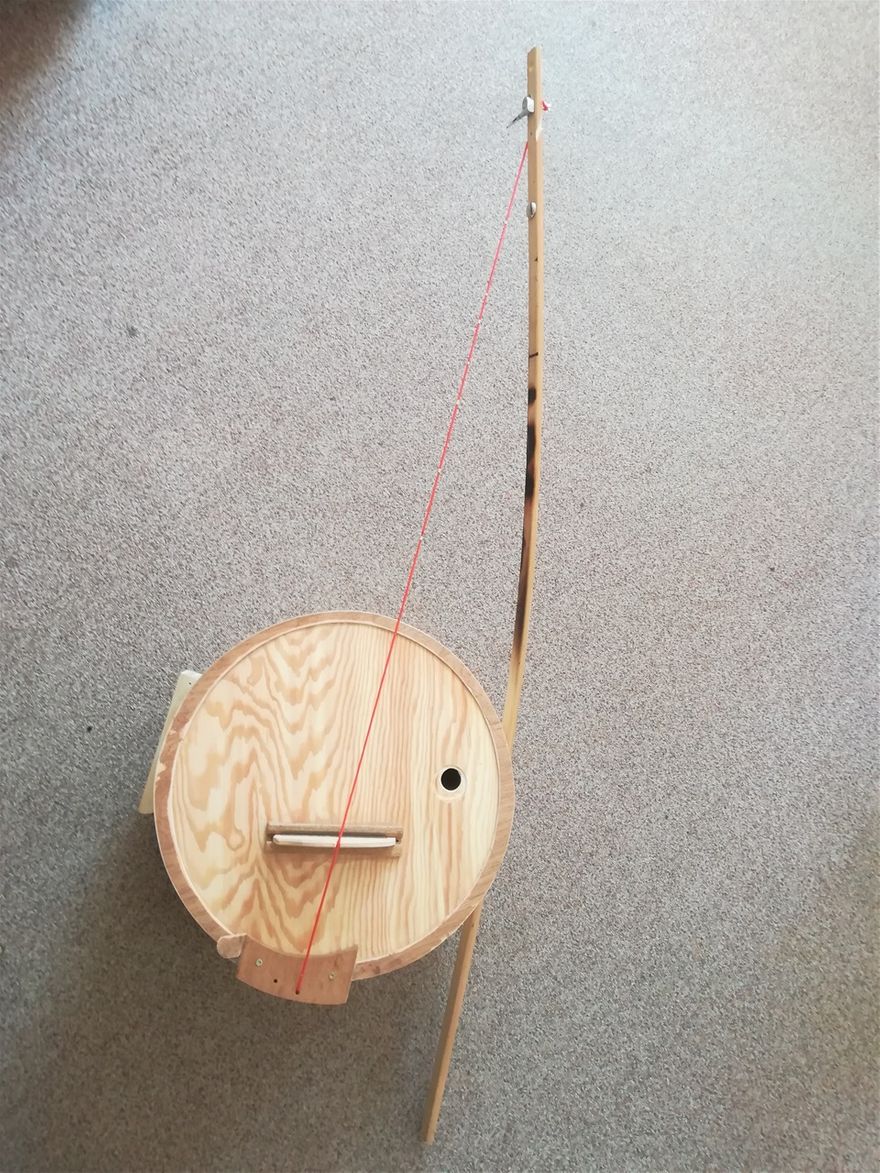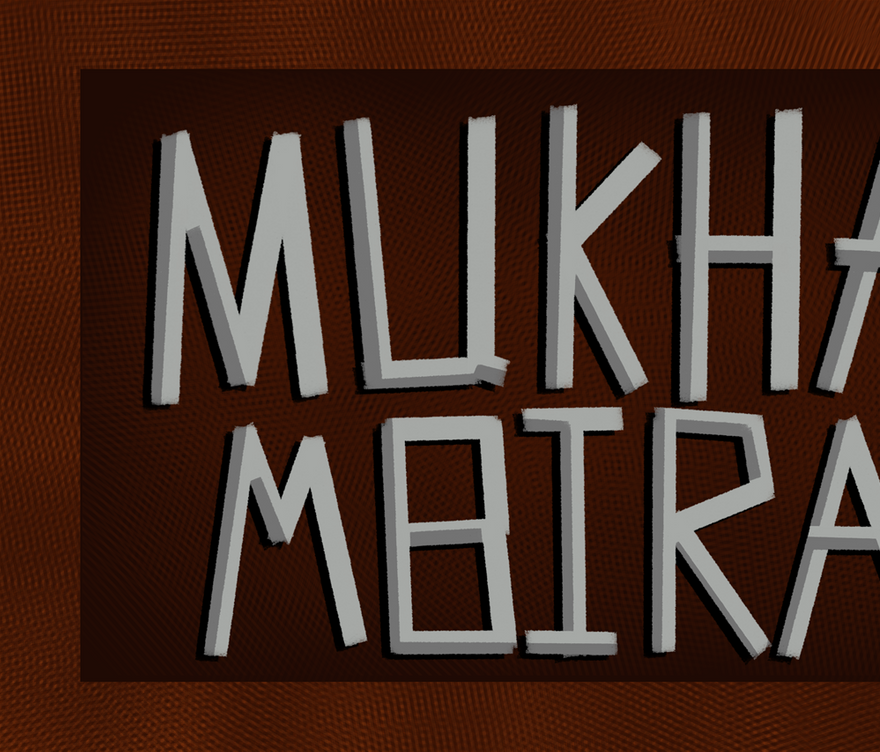Mukhambira
Quest for Knowledge as Solutions to Global Problems! Creativity is the Way!
Musicology - forMusical Logics
There are many logics how music is though and practiced. Presumably, there are subsequently "many musicologies". But for the interest of itelligibility, we always seek to find and celebrate the the common features, to build a unitary and all-encompassing discipline that can dialogue with the various cultures.
The image below, therefore, is meant to illustrate one of the vaerious logics how African musicians rationalize sounds and instruments to make their music.
Organology
Organology is the science that studies musical instruments including their classification and evolution throughout history and the different cultures, as well as the technical aspects, pertaining to how they produce and radiate sound.
A musical instrument, the study object of Organology, is an object conceived or modified to produce musical sounds. And, on its turn, a musical sound, is one that can be controlled by the instrument operator, which means, its attributes namely: 1) pitch/tone, 2)intensity, 3)timbre, and 3)duration, can be modified/manipulated by the instrument player, to organize and pattern the sound to best suit his/her intentions. However, not all musical instruments are capable of producing all the aforementioned sound attributes, as for example, many rhythm instruments as clappers, shakers, castanets do not have/need to produce pitched sounds, but rhythmical sounds.
In order to accomplish the above attributes, musical instruments, usually -not necessarily all- are composed of: 1)a sound producing device, 2)a sound activation mechanism, 3) a resonation system, and 4) a radiation system.
In the work of Mukhambira, Organology is a very fundamental and central discipline, as it enables the understanding of the essence of musical instruments, which is very critical for the attainment of our objectives — the construction, remodeling/development of new versions, and use in new contexts.
Welcome to Mukhambira Instruments
Mukhambira was born from the urge to address the pressures hindering local musics/musical instruments, and challenging their continued practice in Mozambique, in Africa in general, and in many low economy countries. In the case of Mozambique, this pressure resulted from the unproportionate influx of foreign, both regional and western musics, driven by the gigantic multinational monopolistic music industries, which suffocate local music cultures, depriving them from any source of sustainability. For example, there are only a handful of schools that use local musical instruments and teach local musics in Mozambique; and, from all, about five, music shops that I have known in Maputo, none of them, sells local musical instruments, being one of the reasons the fact that most locally made instruments present a relatively/apparently imperfect finish, as compared to the imported ones.
Therefore, Mukhambira adopted to face the challenge from the tangible/material part of music-The Instrument!
Our Motto - Local Solution to Local Problems!
- And, Bridging Cultures Through Music!
And the awareness that Mankind could be fully understood through music!
From preliminary experiments, Mukhambira believed in the ability/potential of traditional African musical instruments:
1) to sustain local communities socially and economically;
2) To promote reciprocal understanding among cultures, and so, bridge cultures and catalyze the ever growing continuum and melting pot of musical systems and cultures of the world.
This believe became our driving spirit.
Instruments
In this page instruments will be presented both historically and systematically, and, wherever feasible, a short demonstration will be given, to acquaint the new reader with the sounds and their performance technique.
Brief History of The Mbira
Mbira, a uniquely African invention, belongs to the lamellaphone family, and the idiophone class, in the Sachs-Hornbostell musical instrument classification system. Lamellaphones are widespread through Sub-Saharan Africa, varying in shapes and names from region to region/ethnicity to ethnicity, as mbira, karimba, kalimba, kisange, likembe, sansi, ilimba, malimba, xityatya, etc. The mbira dza Vadzimu, fig. 1 below, was originally developed among the Shona ethnic groups, mostly inhabiting in present-day Zimbabwe, but scissed by the colonial border between Zimbabwe and Central Mozambique. This version is acknowledged to be the most elaborated version lamellaphones.
Nowadays, lamellaphones have almost reached all corners of the world. They are manufactured and performed in all continents, adapted to local musical systems, thanks to the high adaptability, but also the fast developing means of transport and communication, which today link so many world cultures.
Organological study of the xitende.
Parts of the mbira. From Luka Mukhavele's PhD thesis
Some historical, linguistic, and archeological studies claim the mbira to exist since ca. 3000 - 4000 years (1000-2000 BC). E.g. in an histogram presented in kalimba article, https://www.kalimbamagic.com/newsletters/newsletter4.02/newsletter4.02_assets/KalimbaHistoryII.pdf
Mark Holdaway dates the invention of the wooden key mbira to 3000 years ago (1000 BC) and of the metal key to 1300 years ago (700AC).
Lamellaphones from Central Mozambique.
Gubuta
Gubuta is among the most recent invention of Luka Mukhavele. After trying the nyampikid'ongo, from the north of Mozambique, and the xigubutani its close relative among the vatshwa from the Southern Mozambican Inhambane Province, both presented in the instrument construction page of this site, Luka envisaged a bigger brother of these instruments — as a one-string-upright bass. After some years of experimentation, precisely, in April 2019, the gubuta was born, as the culmination of the brainstorming.
Both the nyampikid'ongo and the xigubutani, in the likeness of other traditional musical instruments, were thoroughly deconstructed in Luka's lectures of Organological Analysis of Mozambican Traditional Musical Instruments at Universidade Eduardo Mondlane, for an insightful understanding of their functioning principles.
Traditional instruments studied in a university context, where forgotten knowledge is reclaimed, regenerated, and reconstructed, provide a sustainable platform for musical continuity, based on the blend of old and new musical practices and respective instruments.
Below you can experience the sound of the gubuta, inspired on xigubutani and nyampikid'ongo. After your experience you are welcome to share your impression.
Gubuta, derived from xigubutani, a traditional bow from the south of Mozambique, occurring among the Vatshwa from the Inhambane province (Felisberto Muhese 2014)
Vadlaka Vaxurha
First Experiment on the Gubuta, assessing its ergonomics
